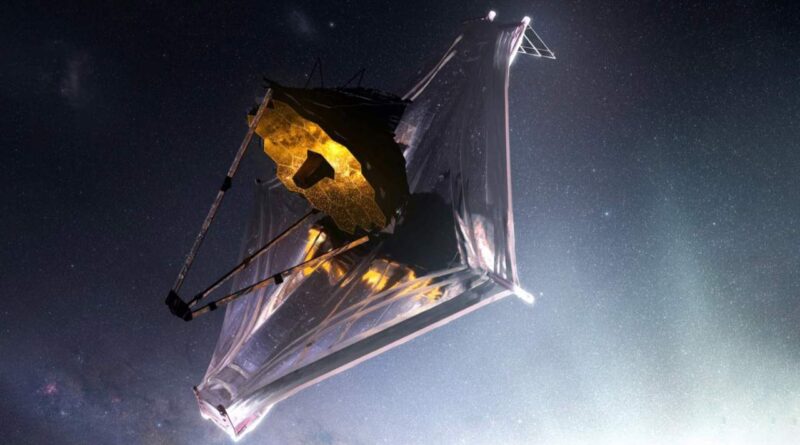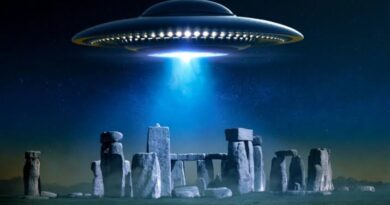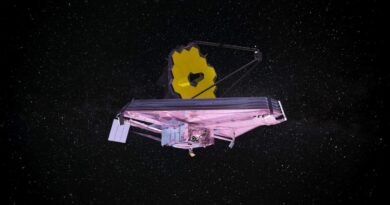What NASA’s 10 billion dollar space telescope is hoping to find
The James Webb Space Telescope, lately launched by NASA, the European Space Agency, and the Canadian Space Agency, is an inconceivable piece of tackle. According to NASA, its origami- style construction includes a glass which consists of 18 parts made ofultra-lightweight beryllium. It has a huge sunshield the size of a tennis court which consists of five layers to keep the telescope safe from the violent heat of the sun. And it’s armed with four instruments, both cameras and spectrometers, which are super sensitive and can pick up the faintest of signals from space. They work in the infrared wavelength, allowing the telescope to blink through shadows of dust which would obscure its view if it looked in the visible light wavelength But what’s it all for? What do you do with the world’s most important space telescope? The answer is that you use it for all feathers of exploration, and it might help us answer some of the biggest questions in astronomy.
Finding a new Earth
One of the most instigative motifs in astronomy right now is the hunt for globes outside of our solar system, which are called exoplanets. It’s hard to descry globes because they’re so much lower and lower bright than stars, but using some clever styles astronomers have been suitable to identify over of these exoplanets to date Still, we do n’t know important about these globes. Generally, you might only be suitable to tell a earth’s approximate size or mass, and perhaps how far down from its star it orbits. That’s enough amazing for information from another star system, and it can tell you if the earth is rocky, like Earth or Mars, or a gas mammoth, like Jupiter and Saturn. But beyond that, we do n’t know important about these globes. Are they covered in water? Do they’ve a thick atmosphere? Might humans be suitable to survive there? We just do n’t know.
The coming big step in understanding exoplanets – especially if we ’re hoping to find a alternate Earth, or another earth we could live on one day – is to see if a given exoplanet has an atmosphere. Suppose about the differences between Earth, which has a rich atmosphere, and Mars, which has a veritably thin atmosphere. Knowing what the composition of an atmosphere is, and how thick it is, is crucial to understanding what the terrain of an exoplanet would be like James Webb will be suitable to descry exoplanet atmospheres using its infrared instruments (via Digital Trends). By pointing directly at a distant star and not moving at each, the instruments will be suitable to descry small changes in brilliance when a earth passes between the star and the telescope. These bitsy dips can be anatomized to learn further about the distant earth, including whether or not there’s an atmosphere of feasts around the earth and how thick they are. This can tell us far further about whether exoplanets are potentially inhabitable than current instruments.
Looking back in time
Another amazing capability James Webb will have is to look back on some of the foremost worlds, which is like gaping back in time. That works because light takes time to travel, so when you look at commodity veritably, veritably distant, it takes time for the light to travel between it and you. In effect, you’re seeing the distant object as it was in the history. James Webb will look at some of the most distant worlds ever observed, seeing them as they were when the macrocosm was veritably youthful. In effect, we ’ll be suitable to look back to some of the youthful phases of the macrocosm As well as being honestly really cool, it’s helpful to look at veritably old worlds because they’re different from the youngish worlds we see nearer to us. According to NASA, aged worlds tend to be lower and chunky than their youngish counterparts, with stars being born in pockets of violent exertion. Over time, these small chunky worlds spread out and indeed out into the type of worlds we see more generally moment, but astronomers still are n’t sure exactly how this happens. Using James Webb to observe these early worlds will help them fill in some of the blanks.
There are numerous questions we still have about how worlds form as well. For illustration, we know that at the center of nearly every world is an enormous black hole, hundreds of thousands or indeed a million times the mass of the sun. But there’s a lot we do n’t know about these supermassive black holes, similar as whether they form first and the world forms around them, or whether the world forms first and causes the supermassive black hole to form. James Webb will help to understand further about the conformation of worlds and the connections between worlds and their supermassive black holes.
Big questions with big answers
These are just a many of the motifs that James Webb will be studying. There’s a full list of study motifs for James Webb’s first time available for the public to view (via Space Telescope Science Institute) which includes questions about how globes form, searching exoplanets for signs of stormy exertion, examining the hot gas that exists between worlds called the stellar medium, and indeed about the large-scale nature of the macrocosm itself.
The sheer diversity of motifs that this one telescope could help us to study is inconceivable We’re opening the infrared treasure casket, and surprises are guaranteed,” saidDr. JohnC. Mather, Senior Project Scientist for the Webb charge and Elderly Astrophysicist at NASA’s Goddard Space Flight Center in Greenbelt, Maryland (via NASA). “ How did the macrocosm make worlds, stars, black holes, and globes, and our own veritably special little Earth? I do n’t know yet, but we’re getting near every day.”




